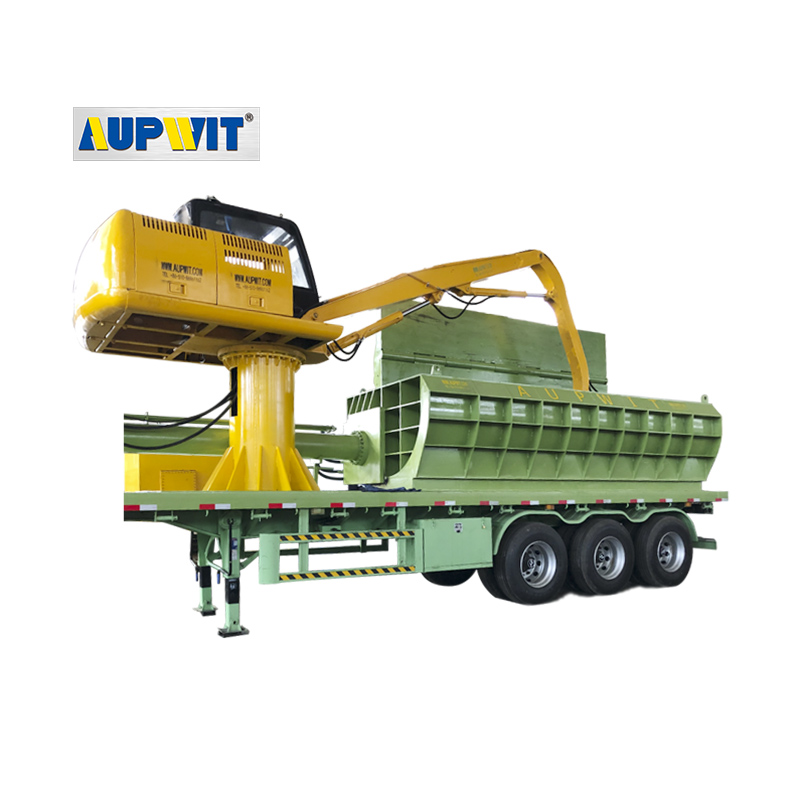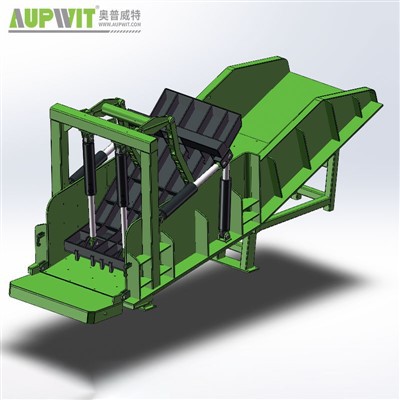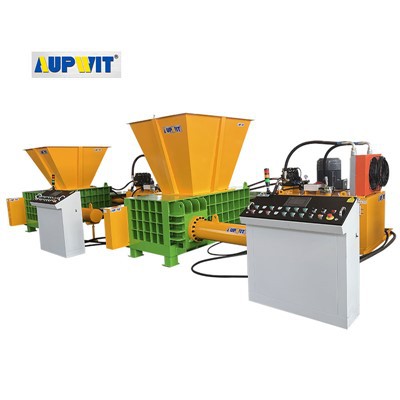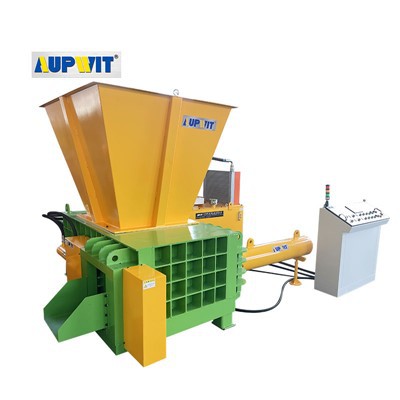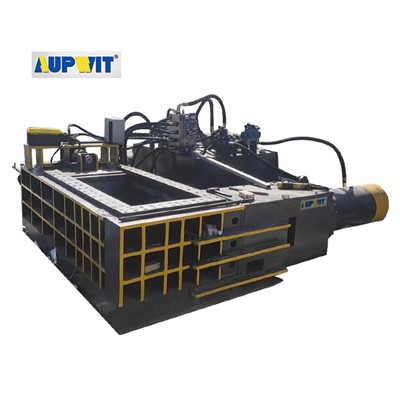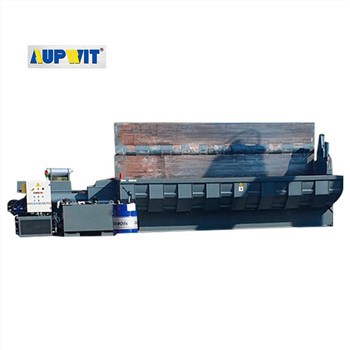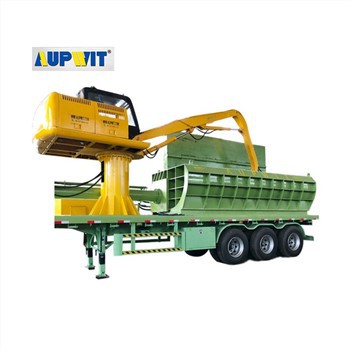1. Inspection before operation
Before starting the machine, be sure to check the equipment thoroughly. Check whether all parts are firmly installed, such as whether the bolts are loose; whether the protective devices of the transmission parts are intact, such as belt covers, chain guards, etc. Check the hydraulic system to ensure that the oil level is normal and the oil pipes are not damaged or leaking. For the electrical system, it is necessary to confirm that the wires are not aged or damaged, the grounding protection is reliable, and the control buttons are sensitive and effective.
2. Standardized operation procedures
Operators should be professionally trained and familiar with the equipment operation procedures. Overloading is strictly prohibited, and the equipment must be operated strictly according to the rated pressure and packaging size. When loading, metal materials should be placed evenly to prevent uneven force on the equipment, damage to parts, and even tipping of the equipment due to uneven loading of materials. During operation, it is prohibited to put your hands or head into the operating area of the equipment, such as the packaging cavity, the range of motion of the pressure head, etc., to prevent pinching.
3. Equipment operation monitoring
When the equipment is running, the operator cannot leave his post and must pay close attention to the equipment's operating conditions. Pay attention to whether the equipment has any abnormal sounds or vibrations. If any abnormality occurs, the equipment should be stopped immediately for inspection. Observe whether the hydraulic system pressure is stable. If the pressure changes suddenly, it may be a system failure and needs to be repaired in time. At the same time, pay attention to whether the electrical system has any odor, smoke, etc. to avoid electrical fires.
4. Maintenance safety
When maintaining the equipment, first cut off the power supply and release the hydraulic system pressure. It is strictly forbidden to repair the equipment when it has not completely stopped and the system has not been depressurized. When replacing parts, use suitable qualified accessories. When multiple people collaborate on maintenance, clarify the division of labor and communicate well to prevent misoperation and injury. After the maintenance is completed, clean up the tools and debris, ensure that there are no leftover items around the equipment, and then power on the test run.
5. Emergency response
Fire-fighting equipment such as fire extinguishers should be equipped next to the equipment to prevent fires. Set up an emergency brake button and ensure that it is eye-catching and easy to operate. Once an emergency occurs, such as equipment out of control, fire, etc., the operator can quickly press the emergency stop button, take appropriate emergency measures, and notify relevant personnel in time.
